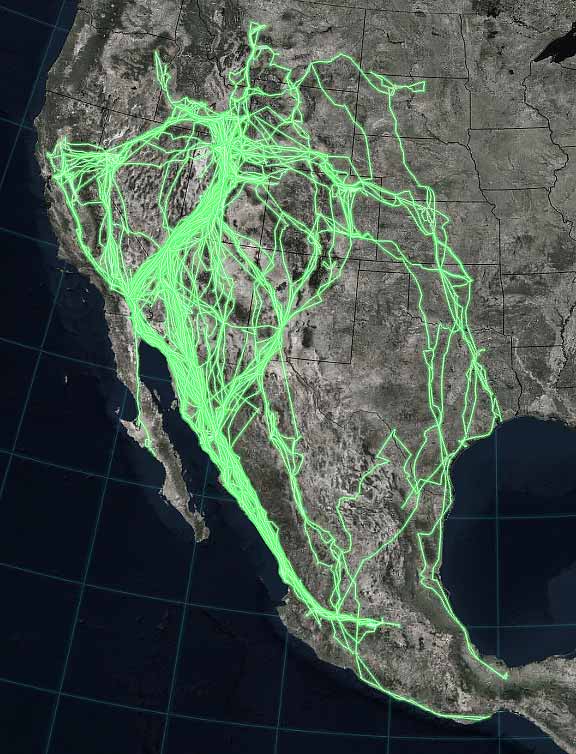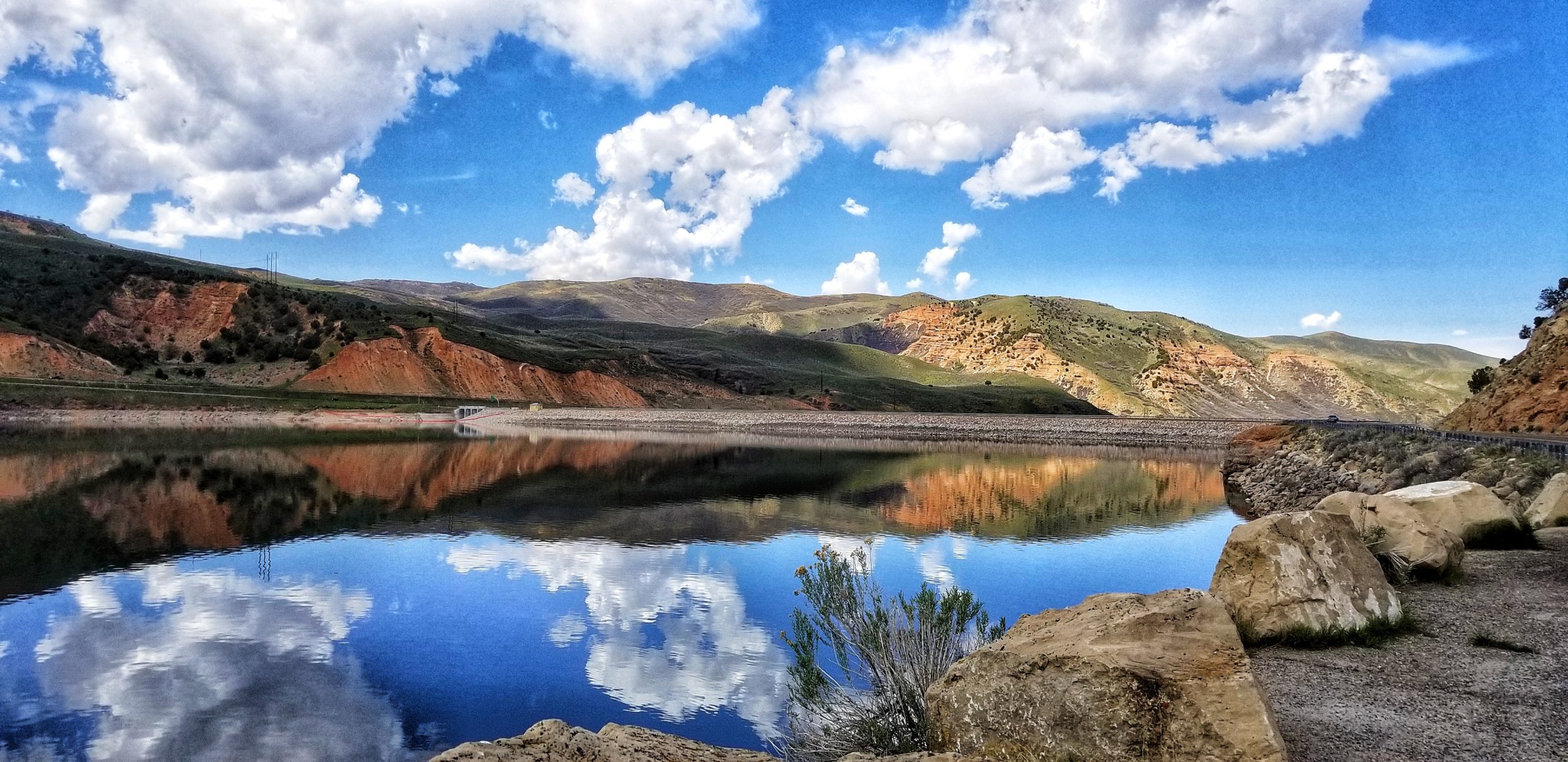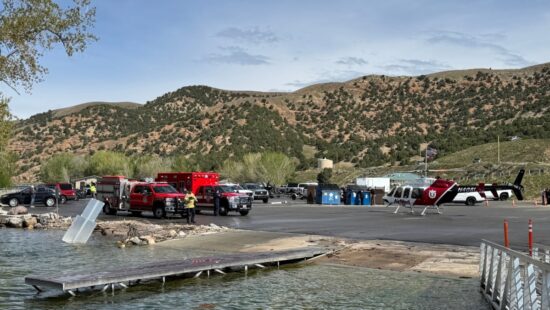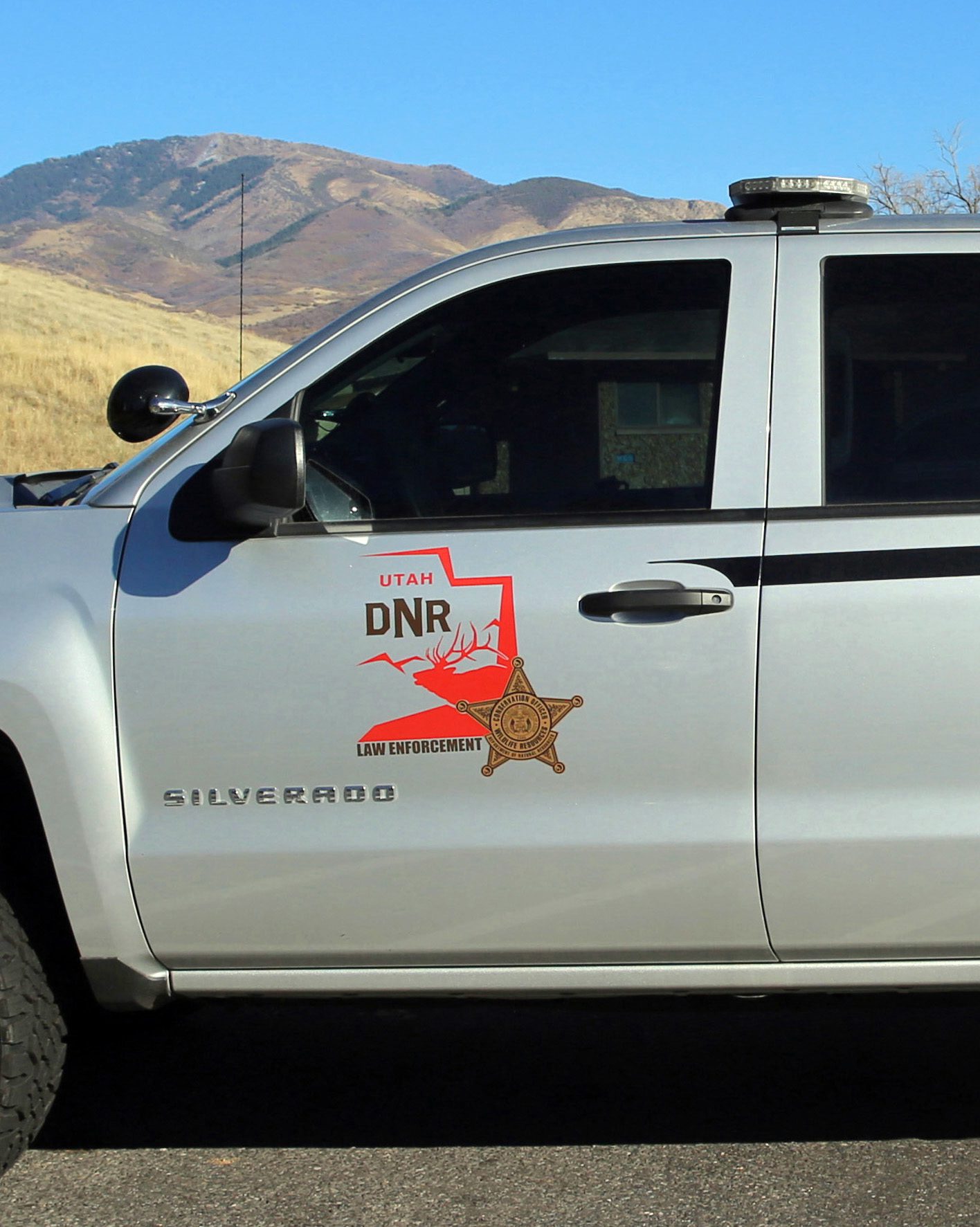Wildlife
Echo Reservoir hosts Utah’s globe-trotting waterbirds: The Pelican

American White Pelican Echo Reservoir. Photo: Chris Tomczyk Photo: American White Pelican Echo Res
SUMMIT COUNTY, Utah — American white pelicans circling Echo Reservoir are providing more than just a scenic photo opportunity — they’re offering a glimpse into the lives of one of the West’s most wide-ranging waterbirds.
TownLift reader Chris Tomczyk snapped this shot of pelicans making their way back to Utah while walking the Rail Trail near Echo Reservoir on Sunday, April 6.
The Utah Division of Wildlife Resources began tracking pelicans with solar-powered transmitters in 2014. Since then, biologists have uncovered surprising details about the birds’ long-distance migrations, which often stretch from the Great Salt Lake wetlands to the Pacific coast of Mexico — and beyond.

These feather-light satellite backpacks, carefully fitted between the birds’ shoulders, transmit real-time location data to a central tracking system. The data show pelicans navigating from one water body to the next — often following the contours of western rivers and reservoirs — and reaching altitudes of up to 33,000 feet.
“Pelicans are far more mobile than previously believed,” said Troy Davis, a former DWR biologist involved in the project. “Some individuals travel thousands of miles, often breaking assumed ecological boundaries like California’s Sierra Range.”
While Echo Reservoir wasn’t one of the original transmitter deployment sites, pelicans spotted there are part of a broader network linking Utah’s wetlands to nesting colonies across the West. Birds equipped with GPS trackers have revealed a complex pattern of connectivity stretching into Montana, Oregon and even the Gulf of Mexico.
Researchers say these insights could help shape future conservation strategies — especially as western water bodies face growing pressure from drought and development.




















